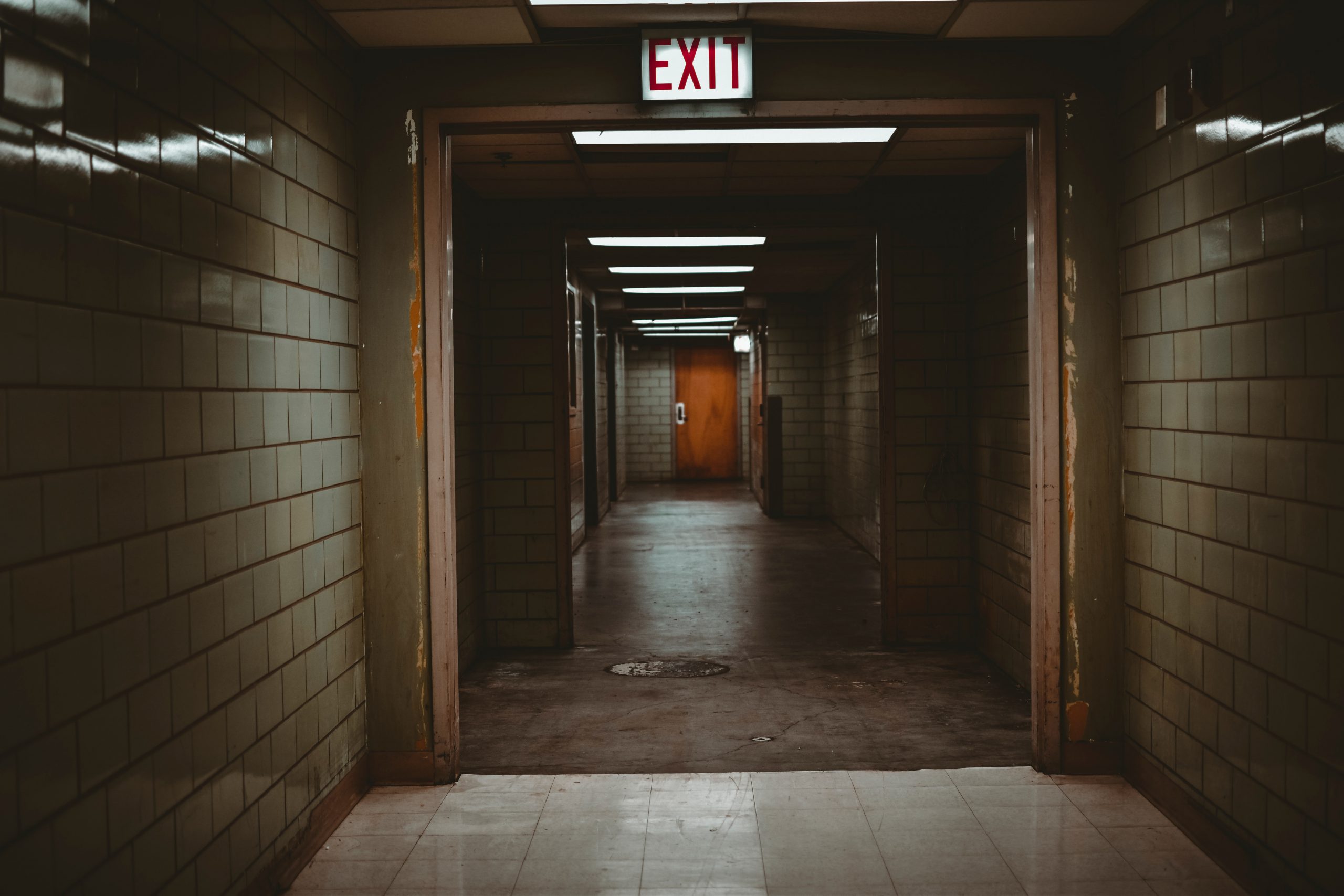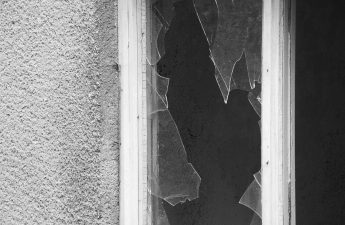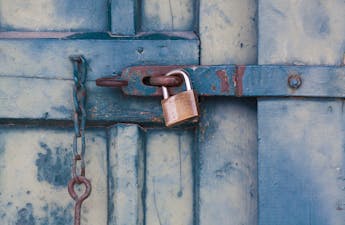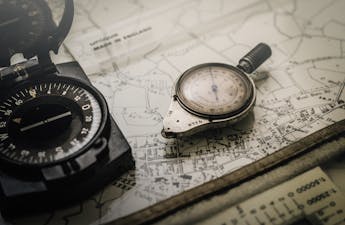Do you have responsibility as a landlord for tenant safety and security on your rental property?
In most states, a landlord bears some degree of responsibility for tenant safety. This means it is important to take steps to protect your tenants against crime on your rental property. In return for your tenant’s rent payment every month, you have a responsibility to provide them a safe and secure residence. This includes both their individual apartment as well as the building, grounds, and common areas.
In Seattle, the city’s Housing and Building Maintenance Code (HBMC) mandates that building owners have a responsibility and obligation to provide safe, clean, secure living conditions. This can include the provision of security measures if necessary.
Investing in crime prevention on your rental property not only helps reduce potential legal liability, but also signals to your current and prospective tenants that the landlord does not take lightly their responsibility for tenant safety and security on their property.
Below we outline some practices to follow. We also include some of the best devices and solutions you can invest in to protect your and your tenant’s property.
Entrances and Doors:
Make sure entrances to your rental property are in working condition and can be properly secured. This includes both the building and each individual residence. An investment in the property’s infrastructure can secure your residence against outside threats. This entails using doors that cannot be easily kicked in or through. Look for doors made of a solid material such as steel or wood. Avoid those that are hollow, and consider avoiding doors with glass that thieves can break and reach into.
- Deadbolts: All entrances should have a deadbolt lock. We recommend using a double cylinder deadbolt for strength and security such as this Kwikset model, or – more affordably – this Kwikset single cylinder deadbolt from Home Depot. Both feature their SmartKey function, which allows you to re-key yourself.
- Electronic Locks and Smart Locks: Limit keys that may be in the possession of others by using electronic or “keyless” locks. These are especially useful for common areas such as laundry rooms where you can set one code for all tenants to use. It is easy to change the code either in person or remotely to discourage people should a non-resident gain access to the code.
- Peepholes vs Smart doorbell systems: Peepholes allow the resident to see who is at the door before opening. Better yet, there are electronic doorbells that allow users to see who is at the door from their phone or tablet, even if they are not home. Some even allow you to communicate with them through an app on your phone.
Windows:
Windows, and not just those on the ground floor, should be secured to prevent unwanted access. Broken windows are a visible sign to criminals and residents alike that the landlord has not taken seriously his or her responsibility for tenant safety.
- Locks: All windows should have working locks, even those on the upper floors.
- Security bars: Though not aesthetically pleasing, bars on the windows, especially ground floor and basement windows, prevent forced entry. However, the use of security bars may signal to potential tenants that the neighborhood is unsafe, justifiably or not.
- Contact Sensors: You can also install sensors on windows and doors. These let you know, either through an audio alert or a notification on your phone when a door or window is open. Similarly, there are sensors that can detect the sound of broken glass and alert you if someone has forcibly tried to gain access. Shop for Ring Contact Sensors.
Alarms and Security Systems:
There are a wide variety of home alarm and security systems. Many of these include features such as a base station and keypad, door alarms, motion and contact sensors, as well as optional 24/7 professional monitoring.
A security system for rental property can include wired or wireless installation. A wired system uses your home’s landline telephone system to communicate between the security devices and the central control, as well as to the monitoring service, if applicable.
A wireless system uses a combination of a cellular network and your building’s wi-fi network. You don’t need to install any wires or drill holes.
Many of these systems include an alarm that when triggered set off a loud noise. This might scare off intruders and alert the residents of the danger. Some systems require a subscription to 24/7 monitoring service that also alerts the police or fire department. This is great if a break-in or fire happens when the resident is not home. However, it can also result in false alarms and unnecessary visits by your local authorities. Depending on your situation this may result in fees or fines, or at the very least, a diversion of resources from where they might otherwise be needed. You may even need to enter into a long-term contract, though this is becoming increasingly rare. Many systems now offer optional monitoring without long-term contracts, which provides more flexibility to renters.
A security system might be better suited for some rental properties than others, choosing the best security system for rental property is a choice that needs to be made carefully. For instance, it may not be necessary to put a security system in all residences inside an already secure building. However, it could be a good investment for your single family rental or duplex in a more remote setting.
Featured Products:
Google Nest Secure Alarm System with Nest Cam Indoor Security Camera – Home Depot Exclusive: Deter intruders with the Nest Secure alarm system and look after your home on your phone with Nest Cam Indoor. Unlike most security systems, Nest Secure is easy to live with every day. Arm and disarm your alarm however you like. If you forget to arm, you can get a Remind Me alert. The built-in Google Assistant can help you manage tasks, get answers and control your home. The Nest Cam 1080p Security Camera is the ultimate security solution for your home. Providing 24/7 live video streaming, it lets you see your home right from the comfort of your phone in 1080p HD, with convenient access to Nest Cam from any location.
SimpliSafe has a variety of solutions as well. Check out their 9 piece Security System and their 11 piece Security System on Amazon.
Security Cameras:
Consider installing security cameras at your rental property. The prime locations are at the front and rear entrances, as well as any hidden or blind spots on the property. You can also place cameras in common areas, hallways, laundry rooms or the mail room. It is generally justified to install security cameras for rental property, but check your local laws to make sure. It is definitely not ok anywhere to place them where tenants have a reasonable expectation of privacy, such as in bedrooms, bathrooms, etc. Many states prevent hidden cameras inside rental property entirely.
Things to consider when installing security cameras include data storage and notifications. Some cameras record video continuously, while others only record when they detect motion and turn off at some period after. Whether these videos get stored on the cloud or on the device in a memory card are considerations as well.
And if they are activated by motion, you run the risk of recording videos of cars driving by on the street, animals walking on the porch, or even a leaf blowing across the screen. Depending on the system, you may then need to review hours of footage to find what you were looking for or even just to delete it all.
Indoor vs Outdoor:
Choose the right camera for your installation location. Some are not made to withstand the elements, though some will work both inside and out. Or find a relatively protected location such as under a porch roof and consider using a weatherproof protective shield.
Wired vs Wireless:
Most cameras require a power source so consider this when choosing your installation location if it requires a nearby outlet. Otherwise, you may have to drill holes in your building and run wiring to a power source elsewhere. Some are battery operated or solar powered. This may be a good solution as long as you are able regularly change batteries or place in an area that receives direct sunlight.
Alternatively, you can install an indoor camera and point it outside through a window. However, this may be susceptible to glare and reflection off the glass, particularly at night. This can also trigger unnecessary alerts and video recording.
Featured Products:
Shop for SimpliSafe Security Cameras on Amazon.
Motion Sensors:
Motion sensors can also provide alerts to potential burglars or prowlers on the property. You or your tenants can receive a notification if something is unusual and can then investigate. However, the sensors may alert you to false alarms. Passive infrared (PIR) sensors are the most common types of motion sensors on the market. However many also use a combination of PIR and microwave technology to reduce false alarms. Regardless, you might need to experiment with the sensitivity levels and installation locations to receive alerts for just the activity that you need to know about.
Ring Alarm Motion Detector 2-Pack
Lighting:
Property that lacks proper lighting can be a target both for thieves and vandals as well as a safety hazard for your residents. Smart and motion sensing lights can create the appearance that someone is home and ward off potential burglars.
Well-lit paths, stairways, entrances and exits will also improve the safety of your residents. Fumbling around for keys in the dark might prevent a resident from entering the building quickly if necessary. Or a resident could trip and injure themselves walking down a dark path.
Indoor lighting:
Make sure all hallways, stairwells, and common areas are well lit. This means making sure light bulbs work and are promptly replaced when they burn out. If you don’t want to have lights that are always on, you can install motion sensors or smart bulbs. These activate the lights only while someone needs it.
Outdoor lighting:
This includes floodlights, path lighting, at the front, back, and sides of the building. Decide how you and when you want the lights to operate. For example, you might want to illuminate the front entrance 24/7 but have other lights turn on only when activated by motion. There are also lights that come on automatically at dusk and turn off at dawn.
Smart lighting products that work with Alexa or Google can also be programmed to turn on and off at specific times such as at sunset based on your location. Or if the unit is vacant, they can operate at different times each day, making it harder to case out the property.
Personnel:
If you own and operate a large building or complex, it might start to make sense to hire personnel such as a security guard or on-site manager. Work with them to create a system for routine checking of equipment and monitoring of the property. The regular presence of a guard or manager can help deter criminal activity on the property. It can also create a sense of security for the residents.
This may not be feasible for smaller properties, but you could offer an incentive to one of your tenants to occasionally check on things like lights and locks and report back to you if anything needs attention.
Network/Internet:
With many of these products, a wi-fi connection is necessary to receive alerts and capture video. This might require the use of a tenant’s wi-fi network, or setting up a separate internet service specifically for your networked security systems or smart home devices. Depending on the area you need to cover with your devices, it may also be necessary to add extenders or repeaters to your network to ensure a strong enough signal to reach all devices. If you are having trouble connecting your devices to the network or are experiencing reliability issues, make sure your network is up to the task.
Conclusion:
Tenant safety and security is an important responsibility of being a landlord. We have outlined some best practices to take on your property as well as a variety of devices, alarms, and cameras you can invest in. These steps can assure your current tenants that you take this responsibility seriously, and also show to prospective tenants that your property is a safe and welcoming place.
What safety procedures or equipment do you have in place at your rental property? Let us know in the comments below!
Disclosure: Some of the links in this post are affiliate links and Landlord Gurus may earn a commission. Our mission remains to provide valuable resources and information that helps landlords manage their rental properties efficiently and profitably. We link to these companies and their products because of their quality, not because of the commission.
Photo by Andy Li on Unsplash





Tenant take off security camera and fire alarm, what lanlord can do?
If you have a good lease it should have some language about tampering or destruction of property. If so you should have some recourse to have the tenant replace them. Check your lease and/or consult a lawyer if necessary